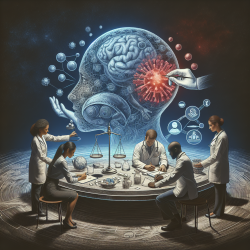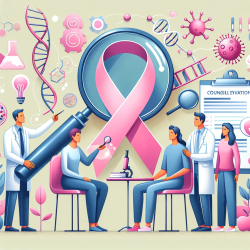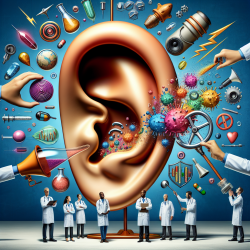Introduction
Depression is a growing concern globally, affecting millions and increasing the risk of suicide. Early detection is crucial for effective intervention. In recent years, machine learning (ML) and deep learning (DL) have been explored for detecting depression through text analysis. However, traditional solo deep learning (SDL) models often fall short in handling complex language patterns. The recent study titled "Attention-Enabled Ensemble Deep Learning Models and Their Validation for Depression Detection: A Domain Adoption Paradigm" offers promising insights into enhancing depression detection using attention-enabled ensemble deep learning (aeEDL) models.
Understanding the Research
The study introduces attention-enabled ensemble deep learning (aeEDL) models, which integrate attention mechanisms into ensemble deep learning (EDL) architectures. The research hypothesizes that aeEDL models outperform traditional SDL models, including those with attention mechanisms (aeSDL). The study scientifically validates these models using various datasets and benchmarks them against existing models, demonstrating significant improvements in accuracy and robustness.
Key Findings
- The mean increase in accuracy for EDL over SDL components was 4.49%.
- Attention blocks improved the mean accuracy of aeSDL over aneSDL by 2.58% and aeEDL over aneEDL by 2.76%.
- The best-performing aeEDL model (ALBERT+BERT-BiLSTM) outperformed the best aeSDL model by 3.86%.
Practical Implications for Practitioners
For practitioners in the field of special education and mental health, implementing aeEDL models can significantly enhance the accuracy and reliability of depression detection systems. Here are some steps to consider:
- Adopt Attention Mechanisms: Integrate attention blocks into existing models to improve focus on critical text features indicative of depression.
- Leverage Ensemble Models: Use ensemble learning to combine multiple models, enhancing overall prediction accuracy and robustness.
- Utilize Diverse Datasets: Train models on varied datasets to improve generalizability across different domains.
- Continuous Validation: Regularly validate models using unseen datasets to ensure robustness and adaptability to new data.
Encouraging Further Research
While the study provides a robust framework for depression detection, there is room for further exploration. Researchers are encouraged to delve into the following areas:
- Explore Multimodal Approaches: Combine text analysis with other modalities, such as audio and video, to enhance detection capabilities.
- Develop New Datasets: Create and share high-quality datasets to facilitate further research and model improvement.
- Investigate New Architectures: Experiment with novel architectures, such as Generative Adversarial Networks (GANs), to push the boundaries of depression detection.
Conclusion
The integration of attention-enabled ensemble deep learning models presents a significant advancement in the field of depression detection. By adopting these models, practitioners can improve the accuracy and reliability of mental health assessments, ultimately leading to better outcomes for individuals and society. For those interested in exploring the detailed findings and methodologies, the original research paper is available for further reading.
To read the original research paper, please follow this link: Attention-Enabled Ensemble Deep Learning Models and Their Validation for Depression Detection: A Domain Adoption Paradigm.










